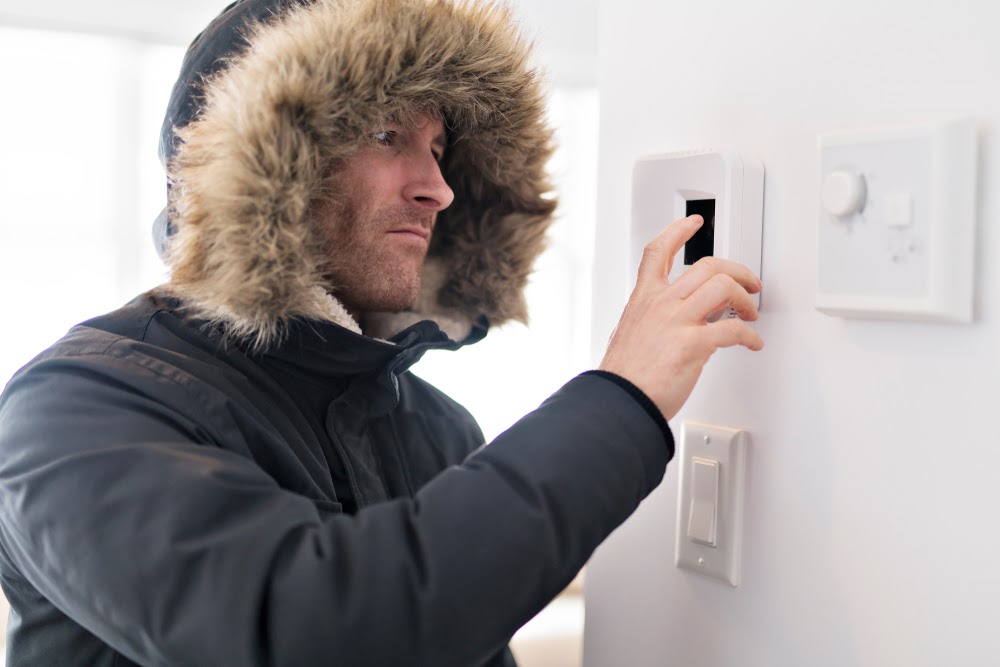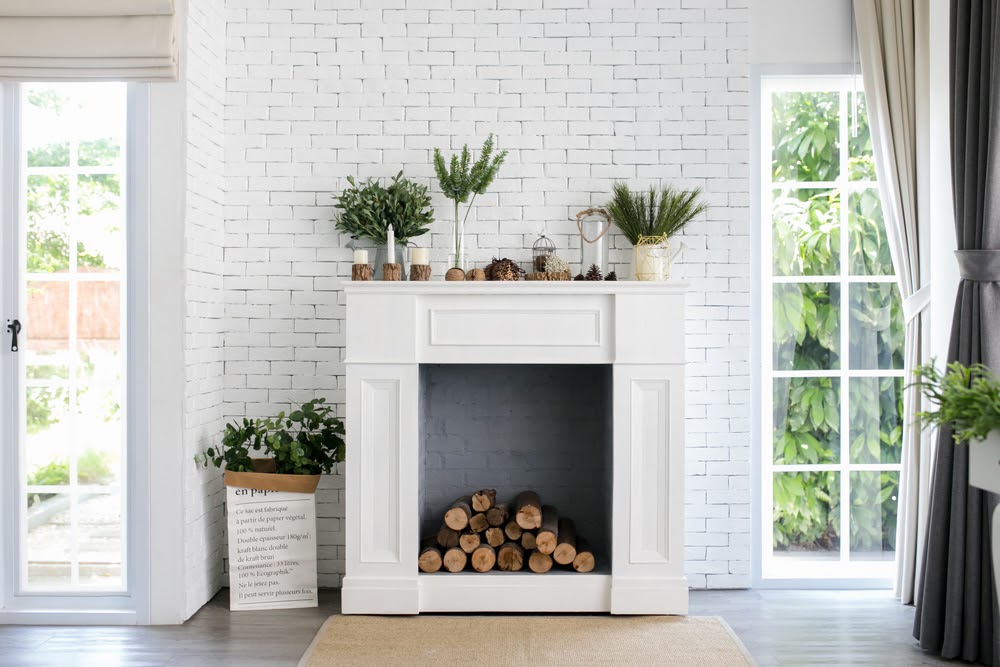Here’s How to Lower Energy Bills This Winter
In some areas of the country, the winter months mean snow, icy and polar temperatures. Or maybe just bitter cold. Keeping the home warm is a necessity, but nudging up that thermostat unfortunately adds more heat to the energy bill.
When the energy bills during the colder months give homeowners the chills, here’s how to lower energy bills while staying warm during those cold, dark days of winter.

Cover Up and Turn Down the Heat
This fact cannot be mentioned enough: heating and cooling are the dominant costs of energy bills for homeowners! The cost of heating and cooling the home uses a LOT of energy. And, unfortunately, the HVAC often accounts for nearly half of the home’s energy costs.
One of the easiest ways to keep the cost of heating and cooling from burning a hole in a homeowner’s budget is to adjust the thermostat. The ideal thermostat settings are 78 degrees Fahrenheit during the hot summer months and 68 degrees Fahrenheit during winter.
These temperatures can be adjusted a bit lower (during winter) or warmer (in summer) when homeowners are out. But homeowners also need to be mindful of humidity and other issues related to bumping the temperature too hot or too cold.
The above thermostat recommendations might just be the easiest adjustment homeowners can make when attempting to lower energy costs during winter (or summer).
If turning down the heat makes homeowners feel colder, add some throw blankets to rooms. Or opt for snuggly pajamas! Adding warmer blankets is cheaper than turning up the heat!
Check the Insulation
The home’s insulation might not be on the mind of homeowners; however, poor insulation can require the HVAC to work harder. This means higher energy cost for the homeowner.
How do homeowners know that insulation is an issue? If a room often gets really cool during winter (even when the heat is on) or really hot in summer (with the AC), there could be an issue.
An easier way to tell? For homeowners that live in areas that receive snowfall, snow that melts quickly on the rooftop could signal an insulation issue. Why? This is a sign that heat is escaping the home.
Check the Windows, Too
Cool or hot rooms also could point to leaky windows. Feel around the windows and check for any leaks. Insulation film could be an easy solution. Or for older windows, homeowners might opt to upgrade to new windows.

Don’t Use the Fireplace
It doesn’t seem logical that using the fireplace could raise energy costs, but those blazes aren’t the efficient source of heat that most homeowners assume. Wood-burning fireplaces aren’t energy efficient as they pull heat from the home. This causes the furnace to work harder, thus raising the energy cost. In fact, Bob Vila’s site notes that wood burning fireplaces are only 10 percent efficient…and 90 percent wasteful!
Remember, air escapes through the flue…of the fireplace. So hot air is leaving the home instead of warming it! For homeowners that want the glow of a fireplace, opt for an energy-efficient option instead.
Change the Air Filter
When the HVAC uses the majority of the energy, homeowners want it to work as efficiently as possible. Before switching to the furnace, make sure to have the HVAC serviced by a pro. This helps ensure that that heat isn’t going to suddenly cool down at the worst possible time.
In addition, homeowners should change the air filter in the HVAC regularly—at least every 90 days. Homeowners with pets are advised to change the filter every other month (every 60 days).
Use the Internet of Things to Power the Holidays
Keeping holiday decorations lit 24/7 will burn through energy…and the budget. Some homeowners may forget to turn them off when they leave home. To keep an eye on those bright, colorful, twinkling lights, plug them into smart power strips or smart plugs that can be controlled via the phone or tablet.
This ensures that homeowners can turn off those lights from anywhere. Even from the bedroom if they just don’t feel like getting out from under the warm blankets!
Warm Up with the Sun
The sun isn’t nearly as long-lasting during winter as it is during the summer, but on days when the sun is fully in view, open up the drapes. This saves money on using artificial lights to illuminate the home. Plus, the warm sun might even add a little heat to the room.
However, during the summer, the opposite is true. Keep those drapes closed during the heat of the day. Even better? Use blackout curtains!
Looking for more ways to lower monthly energy bills? Download benefyd to conduct a home energy audit on the home. Benefyd can help homeowners find energy drains and suggests ways to lower energy use and save money. benefyd can even help find rebates! Download Benefyd for free via Google Play or the App Store!


